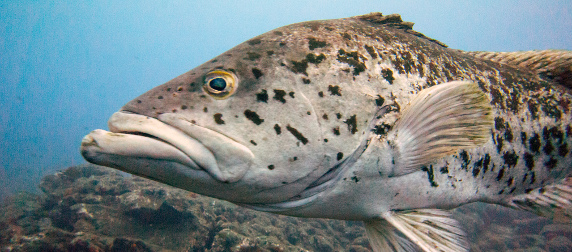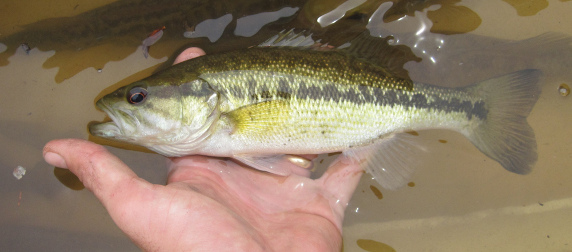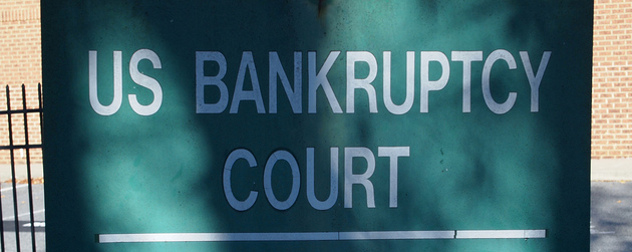It sounds like the setup for a joke: When do you apply accounting law to a fish?
The question is real, however, and under consideration by the Supreme Court.
The statute in question is the Sarbanes-Oxley Act, sometimes referred to as SOX, which became law in 2002. It set new standards and modified existing ones for U.S. public companies, their directors and executives, and for the public accounting firms that audit them.
Why does the Sarbanes-Oxley Act exist? Largely because of the corporate accounting scandals of 2000 through 2002, and specifically the aggressive accounting that preceded the collapse of Enron. As matters at Enron unraveled, its accounting firm, Arthur Andersen LLP, shredded audit work papers and other Enron-related documents in accordance with the firm’s document-handling policy. Those Enron documents were not under subpoena at the time, nor was Arthur Andersen a party to or aware of pending litigation that might specifically require the records. But the accounting firm was charged with obstruction of justice for destroying documents that the feds later wanted to use in their Enron prosecutions.
Arthur Andersen took the case as far as the Supreme Court, arguing that since the firm had honestly believed it had acted lawfully, the jury should not have convicted it. Audit partner David Duncan, who was the Andersen executive in charge of Enron’s audit, ended up pleading guilty, though he never admitted to knowing he was acting illegally in instructing his staff to follow the firm’s policies. As it turns out, the Supreme Court unanimously overturned the decision against Arthur Andersen, sensibly observing that the firm could not obstruct justice if it did not know there was a related legal process in motion. (Duncan withdrew his guilty plea after the decision.) The Supreme Court’s decision, rendered in 2005, came too late help Andersen, however, as the indictment alone was sufficient to kill the firm.
In the meantime, lawmakers were busy enacting Sarbanes-Oxley to improve corporate accounting and to require personal responsibility by making top corporate officers personally sign off on a company’s financial reports. In addition, at least according to prosecutors, the law also contained a provision that prohibits destroying documents that might be needed later. Section 802 forbids destroying or mutilating records or documents with the intent to hamper an investigation. But unless the government is going to turn the world into a vast filing cabinet, there is still a question of when documents can be safely disposed of, since it isn’t practical to imagine anyone could foresee possible future investigations with perfect accuracy.
Now let’s talk about the fish.
Most of us don’t think of a fish as a document. Shredding seafood is a process usually reserved for manufacturing gefilte fish. This raises the perfectly reasonable question of what a fish, or a boatload of fish, could possibly have to do with SOX.
The case that is now slated to come in front of the Supreme Court goes to prove - as if further proof were necessary - that if lawmakers write a criminal statute with any elasticity at all, prosecutors will stretch it to the breaking point, and sometimes past it.
John Yates, a commercial fisherman, received a civil citation from the Florida Fish and Wildlife Commission for having 72 undersized fish on his vessel. When he returned to port, only 69 such fish were aboard. Several years later, a prosecutor used the three missing fish as a hook to catch Yates, accusing him of violating Sarbanes-Oxley’s provision against destroying evidence. His initial conviction was upheld by the 11th Circuit, but Yates is now appealing to the Supreme Court, arguing that “any document, record or tangible object” should not apply to fish. No reasonable person would call a fish a document or a record; Yates argues that “tangible object” is so vague a phrase that practically anyone could open themselves up to a Sarbanes-Oxley charge without advance warning. (At the time SOX was written, “tangible object” was likely intended to refer to items such as computer hard drives.)
If the captain indeed caught undersized fish, existing statutes should have alerted him to the fact that he was breaking the law. And if, in fact, he told his crew to toss some of his undersized catch overboard, that action could be construed as garden-variety obstruction of justice, though given that he had received only a civil citation and that he still had 69 fish on board when he returned to dock, it is hard to see how much justice he might have been obstructing.
But prosecutors love leverage. They don’t want to go to trial. They want to put their quarry over a barrel, fill the barrel with gasoline, stand next to the barrel and strike a match. Then they ask whether the potential defendant would like to make a deal. As Yates argued in his appeal, prosecutors added the Sarbanes-Oxley charge because of the potential for a harsher punishment.
The Yates case represents exactly this kind of prosecutorial abuse that the court should stop. Probably the best way to stop it would be to refuse to enforce statutes like SOX, even in cases that they may clearly cover, if the statutes are worded so broadly as to become a legal blunderbuss rather than a rifle, or at least a modern shotgun. This prospect seems, perhaps, unlikely, but we will have to wait and see where the high court lands in Yates v. United States in order to see whether it can at least serve as a mild check on prosecutors’ overreach. Argument is scheduled for November 5.
For now, fishy prosecutions will go on as they have been until they finally start landing prosecutors in hot water.













October 20, 2014 - 12:35 pm
Just to clarify a couple of points. Fishing is civil. These fish averaged 1/2 inch short and the FWC officer testified at trial he does not measure fish in accordance with federal law. These fish were measured frozen off shore and in a thawing state on shore. This is what messed up the FWC officers mind, the fish were bigger on shore. This is when he had his epiphany that these fish were not the same. We will never know the correct size of these fish.
The ironic thing while NOAA a/k/a NMFS was getting a grand jury indictment against my husband for a document shredding law, the head NOAA law enforcement officer was in front of Congress for shredding 80% of his documents while his office was under federal investigation by the Inspector General’s office for fishermen complaints. Just google “Dale Jones, NOAA, document shredding. The reading is endless. He was not prosecuted, he was not even fired. He still works for NOAA, just a lateral transition.